Last Updated on April 24, 2022 by Fatima Kamran
Definition Of Hijab
The word Hijab is derived from an Arabic word called “HAJABA” which means to conceal or Hide. The word hijab is a veil or covering of a head by Muslim women.
History Of The Hijab
The wearing of a veil, dupatta, or scarf on the head and possibly concealing the face is a practice that precedes the arrival of Islam. According to the historians, it is said that as Islam spreads and emerged, they adopted the use of head covering as an expression of their own modesty and moral values.
TYPES OF HIJAB:
There are different kinds of coverings worn by Muslim women all over the world such as
Dupatta Hijab
Dupatta is a rectangular bit of garments used by ladies in India, Pakistan, Bangladesh, and other Asian nations. It arrives in an extensive variety of colors and outlines.

Esarp Hijab
Esarp is a long square-formed scarf made of silk. It is worn usually by Muslim ladies in Turkey. It is accessible in numerous designs, prints, and fabrics.

Headscarf
Headscarf or headscarves are scarves covering most or the greater part of the highest point of a person’s, normally lady, hair and her head, leaving the face revealed. A headscarf is shaped of a triangular or square material collapsed into a triangle bit of texture, with which the head is secured. Aside from the keffiyeh of the Middle East, headscarves worn by men are considerably less normal and for the most part for practical purposes.
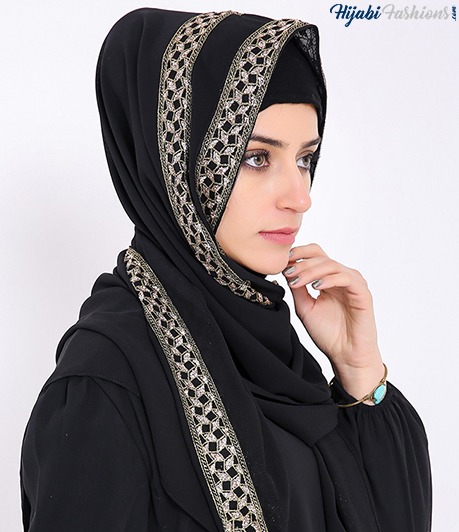
Niqab
A veil was worn by Muslim ladies that cover most of the greater part of the face, having a thin opening covering for the eyes. The niqab is a shroud for the face that leaves the zone around the eyes clear. In any case, it might be worn with a different eye veil. It is worn with an accompanying headscarf.

Burqa
The burqa is the most obscure of every Islamic veil. It is a one-piece shroud that covers the face and body, regularly leaving only a mesh screen to see through. A burqa is a wrapping external garment of clothing worn by ladies in some Islamic conventions to cover themselves in broad daylight, which covers the body and the face.
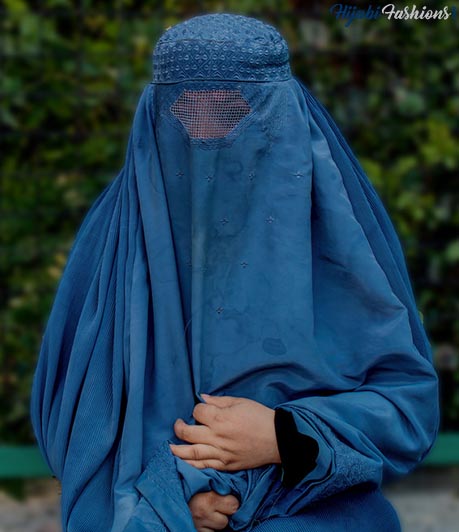
Chador
The chador, worn by numerous Iranian ladies when outside the house, is a full-body shroud. Usually accompanied by a little headscarf underneath. The chador is an external piece of clothing or open shroud worn by Muslim ladies in broad daylight that puts in a few sections of the Middle East, particularly in Iran and Saudi Arabia.
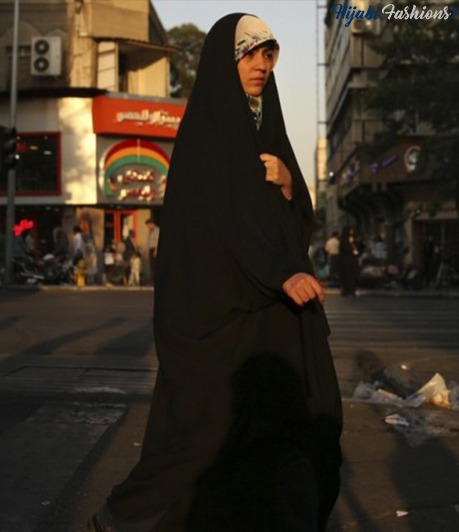
Jilbab/Abaya
Abaya is a basic, free finished article of clothing, basically, a robe-like dress, worn by a few ladies in parts of the Muslim world incorporating into North Africa and the Arabian Peninsula. Customary abaya is dark and might be either an expansive square of texture hung from the shoulders or head or a long caftan. The Abaya covers the entire body with the exception of the head, feet, and hands.
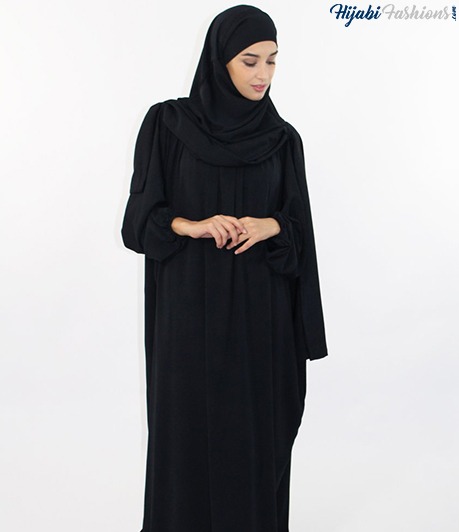
Shayla
Shayla is a rectangular scarf or a type of hijab that is wrapped around the head and stuck at the shoulders leaving the face and a portion of the neck uncovered. It is well known in the Gulf nations. It is generally made of light silk material.

Al Amira
Al-Amira is a commonly used veil by Muslim women and Muslim ladies around the globe. It is a two-piece cover that comprises a top that fits firmly on the head and a tube-like free scarf worn over that. The top is typically made of cotton or polyester. It’s a two-piece shroud. It comprises the tight top, typically produced using cotton or polyester, and a tube-like scarf.
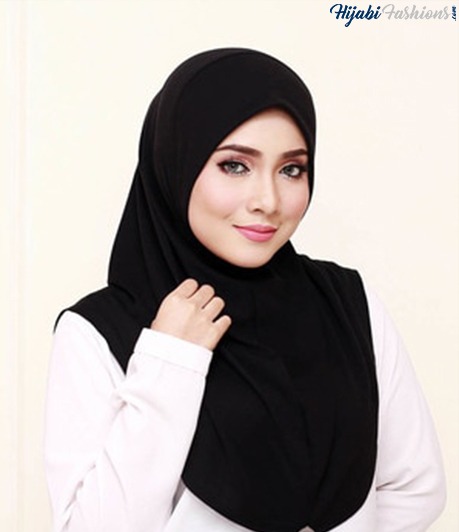
HIJAB IN QURAN
Almighty Allah talks about the issue of modesty and hijab as defined earlier: In chapter 24 known as a Noor the light in verse 30:
“Say to the believing man that: they should cast down their glances and guard their private parts (by being chaste). This is better for them.
Then in the next verse, Allah commands the prophet to address the women, say to the believing women that they should cast down their glances and guard their private parts (by being chaste).
Similarly, in Islam, the emphasis is also given to the “Hijab of Eyes”.
IMPORTANCE OF HIJAB IN ISLAM
In Islam, the Hijab is very important because it keeps a woman safe from an evil eye. Islam is the only religion where emphasis and importance are given to the Hijab because it covers the beauty of a woman and everyone in society respect a woman who is in a veil.
HIJAB IS FOR MODEST AND RESPECTABLE WOMEN
O Prophet! Tell your wives and your daughters and the women of the believers to draw their veils all over their bodies.” That will be better, that they should be known so as not to be annoyed. And Allah is the most merciful. (Al Ahzab:59)
This verse clearly indicates that Allah has made the Hijab for Women an expression of modesty.
HIJAB IS PURITY
If a woman wears a hijab she feels secure and becomes purer and there will be prevention of evil thoughts or actions.
HIJAB IS HONORABLE
A Muslim women’s voice is also a part of the hijab she should speak in an honorable manner to become an honorable woman.
A hijab for a Muslim woman is also a safeguard to her body as a manifestation of the order of Allah instead off showing off her body. Hijab is an act of righteousness for a woman.
BENEFITS OF HIJAB
Hijab in Islam is highly recommended. The woman looks more beautiful after they decided to veil.
THE SOUL BECOMES CALM AND PEACEFUL:
After wearing a hijab woman feels calm and peaceful as compared to when they are not veiled.
MORE RESPECTED:
A veiled Muslim woman will always get a positive impact on others. If we imagine two women, one dressed in skimpy and so open while the other one is covered. So the treatment of others against both women is definitely going to be different.
PREVENT THE ACT OF SIN:
A Veiled woman will certainly think twice to commit any sin. Definitely in Hijab, she will be more confident and never let herself do something wrong.
APPEAR MORE BEAUTIFUL AND CONFIDENT:
A Woman in a hijab looks more pretty, beautiful, elegant, and soft. With its veiled beauty, she will be more confident.
THE VEIL CAN COVER THE DISGRACE:
It is possible that there are women whose hair is considered less good. Well, the hijab will be able to cover the shortfall. Her confidence will stay awake with the weakness of its covered.
BEING AN EXAMPLE FOR OTHER WOMEN WHO HAVE NOT VEILED:
When a woman is veiled and covered with pure and sincere intentions, then she will be a good example for other women who are not veiled.
ONE MAN ONE WOMAN:
Hijab represents the devotion of a Muslim woman and surrender to a single man. It indicates that no other man has the right to find satisfaction from her because she has been deified by her husband.
ELIMINATES SHOW OFF:
Ladies indulge in cutting-edge competition in fashion by wearing luxurious costly dresses and defaming other women. However, ladies in hijab eliminate such indistinct competition.
SIGNIFIES OUTER BEAUTY:
The Hijab covers the physical appearance and beauty and reveals the real personality of women. One should not be only beautiful from the outside but must be pure and beautiful from the inside too.
THE HIJAB INCLUDES THE WAY A PERSON WALKS, TALKS, LOOKS, AND THINKS. ALL OF IT SHOULD BE DONE MODESTLY AND APPLIES TO BOTH MEN AND WOMEN.
-
Hijab in Islam
User Review
( vote)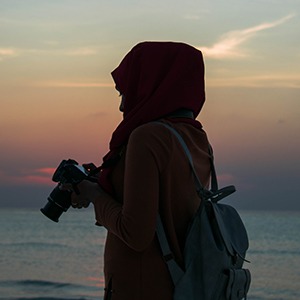
Maryam is a full time freelance writer and blogger with 3 years of experience. She writes about fashion trends on social Media and fashion trends in real life. She also writes about the use of Social Media to promote new trends in fashion industry. Maryam is also a fashion designer other than writing about new market trends.

I like this site because so much useful stuff on here : D.